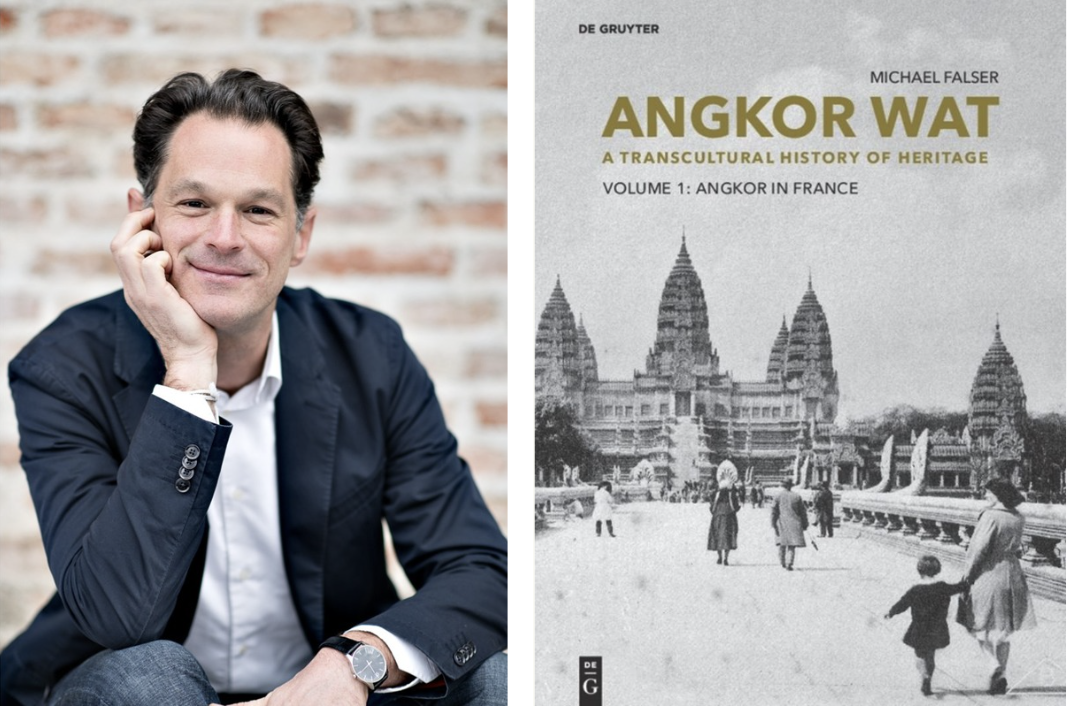Welcome to "Implements of Impression", the 2025-26 HIAA Themed Lecture Series
Featured Speakers:
October 21, 2025, 6 pm: Michael Falser, Architectural Historian at Heidelberg University, Germany
February 26, 2026: Iris Moon, Associate Curator at the Metropolitan Museum of Art, NYC
Spring 2026: Amanda Reeser Lawrence, Professor, Northeastern University, Boston
Spring 2026: Yung-ti Lee, Associate Professor, University of Chicago
Whether it is a matrix pressed into clay or a framework filled with concrete, implements of impression are the tools and techniques that artists and architects use to make works of art and architecture in multiple. Blocks and molds, print and cast, tracing and rubbing, line and void; rarely are these implements and their impressions singular.
For preservationists, these tools—molds, casts, architectural modules, woodblocks, engraved plates, photographic negatives, silkscreens—are among the most tangible traces of intangible heritage. For scholars of early modern, modern, and contemporary art and architecture, they are the tools of the printmaking or architecture studio and the fine arts foundry. For those invested in the study of the deeper past, these techniques of making are most often absent. They can be reverse engineered from the fragments of excavated workshops and the impressions they left on surviving works of art and architecture.
This lecture series is made possible through the generous support of:
The Marshall Woods Lectureship Foundation of Fine Arts and The Anita Glass Fund
.jpg)
